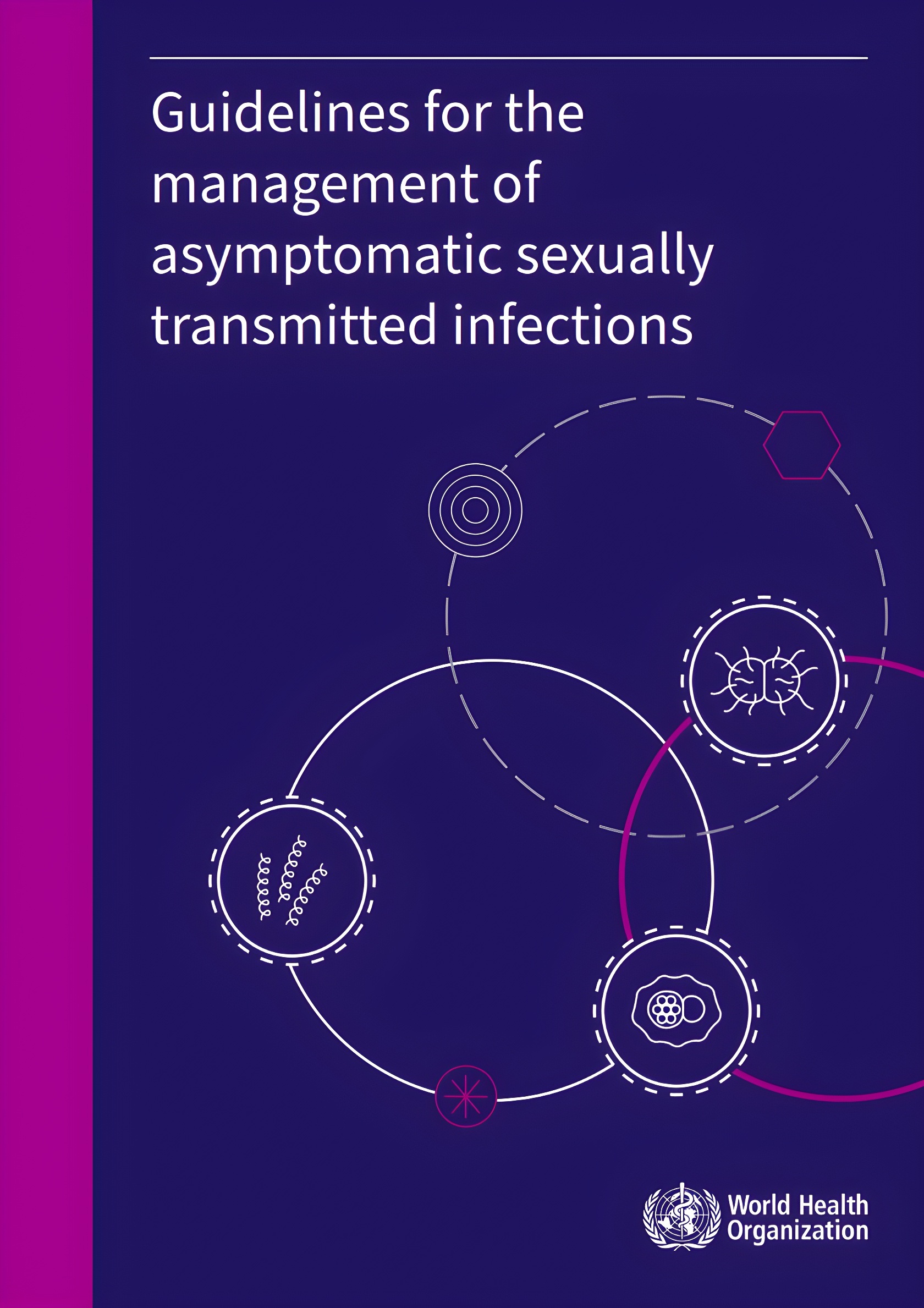Overview
WHO’s
global health sector strategies for HIV, viral hepatitis, and sexually transmitted infections (STIs) aim
to reduce gonorrhoea and syphilis infections by 90% by 2030, emphasizing
improved prevention, diagnostic,
and treatment services. Addressing asymptomatic STIs is crucial, as many
infections remain undetected, particularly in women and in non-urethral
sites like the pharynx and rectum. The rising antimicrobial resistance in pathogens such as N. gonorrhoeae
and M. genitalium complicates treatment, with ceftriaxone currently
being the last effective option for gonorrhoea in many countries.
WHO’s
new guidelines focus on managing asymptomatic STIs with evidence-based
recommendations for screening N. gonorrhoeae and
C. trachomatis, complementing existing guidelines for syphilis, STI
partner services, and symptomatic infections.
These guidelines also aim
to support national health programs in reaching the 2030 targets and are
intended for policy-makers, healthcare workers,
and organizations involved in STI care and prevention. The
recommendations were developed using the GRADE approach, with systematic
reviews and expert evaluations ensuring their robustness.
Annex
Evidence-to-decision framework and systematic review for the management of asymptomatic sexually transmitted infections (PDF, 1.7 Mb)
Related
Global STIs Programme
